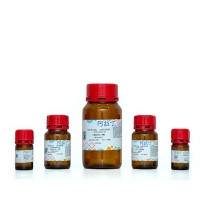Evolution of Protein Domain Architectures
互联网
471
This chapter reviews the current research on how protein domain architectures evolve. We begin by summarizing work on the phylogenetic distribution of proteins, as this directly impacts which domain architectures can be formed in different species. Studies relating domain family size to occurrence have shown that they generally follow power law distributions, both within genomes and larger evolutionary groups. These findings were subsequently extended to multidomain architectures. Genome evolution models that have been suggested to explain the shape of these distributions are reviewed, as well as evidence for selective pressure to expand certain domain families more than others. Each domain has an intrinsic combinatorial propensity, and the effects of this have been studied using measures of domain versatility or promiscuity. Next, we study the principles of protein domain architecture evolution and how these have been inferred from distributions of extant domain arrangements. Following this, we review inferences of ancestral domain architecture and the conclusions concerning domain architecture evolution mechanisms that can be drawn from these. Finally, we examine whether all known cases of a given domain architecture can be assumed to have a single common origin (monophyly) or have evolved convergently (polyphyly).









